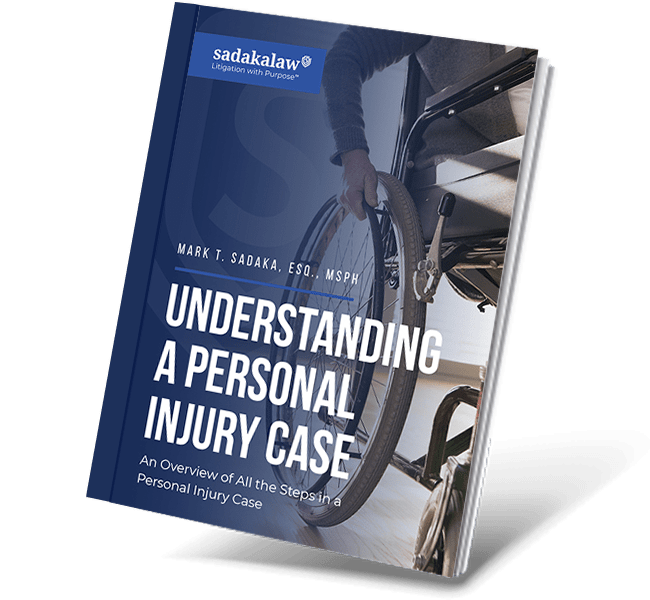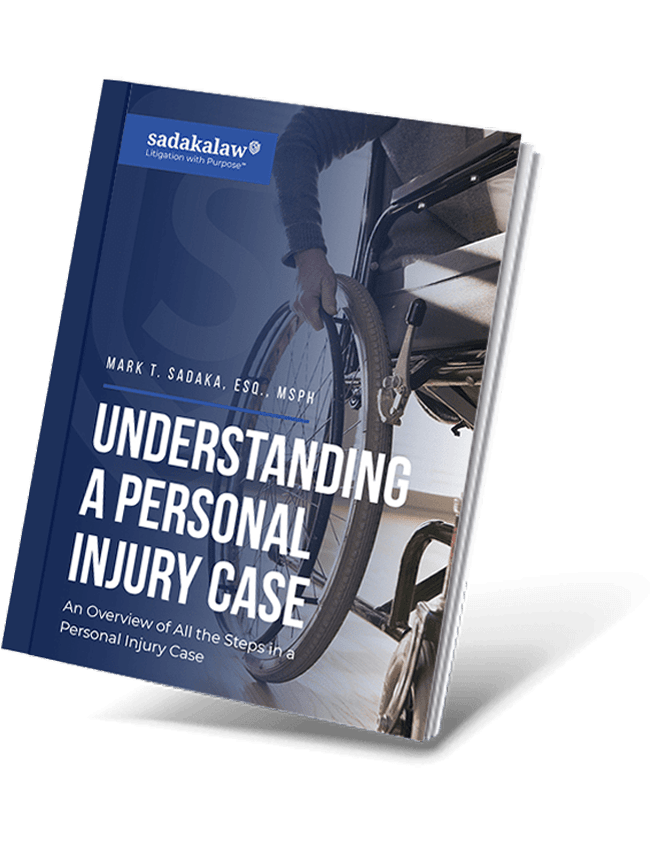
Zostavax was developed to prevent the outbreak of shingles (herpes zoster) in adults 50 and older. Shingles is caused by the reactivation of the chickenpox virus (varicella zoster) due largely to stress. The symptoms of shingles include severe pain, discomfort, and a rash across the body. People who suffer from shingles experience a severely decreased quality of life.
Merck is the developer, designer, and manufacturer of Zostavax. The pharmaceutical giant is responsible for the licensing, labelling, testing, distribution, marketing, and sale of Zostavax. They have a duty under the law to warn people about the dangers of taking their vaccine.
Failure of Zostavax
Zostavax was approved by the FDA in June 2006 based mostly on the results of the Shingles Prevention Study (SPS). The SPS was funded by Merck and has been criticized as deeply flawed. One of the most significant findings of the study was that Zostavax did not actually cause shingles, the disease it was meant to prevent. That proved to be false and in March 2018 the CDC updated their Vaccine Information Statement for Zostavax to warn about the risk of developing shingles. Nonetheless the Shingles Prevention Study led to the FDA approval of Zostavax in June 2006 on the condition that Merck perform three post-marketing studies. Merck performed these three studies, but those studies were again flawed.
Merck’s varicella zoster virus can damage the brain, nervous system
The design of Merck’s Zostavax was based entirely on its chickenpox vaccine, Varivax. They are the exact same product. The only difference is that Zostavax contains more live varicella zoster virus in each injection. The virus is attenuated, meaning it is designed to activate the recipient’s immune system without the risk of them contracting the disease. Unfortunately, when a virus is under-attenuated it is more dangerous. For this reason, those who receive Zostavax have a higher risk of developing the disease or reactivating the latent virus. That is why people with weakened immune systems should not receive vaccines containing an attenuated live virus like Zostavax.
Merck has added several adverse effects to the package label of their weaker vaccine Varivax since 2006. Most of these reactions to Varivax are related to the nervous system including Bell’s palsy, stroke, encephalitis, GBS, and several others. Varivax is the weaker version of Zostavax and is known to have dangerous side effects. Zostavax has been found to contain over fourteen times more of the virus by volume than Varivax. It is no surprise that injecting elderly people with a large amount of live virus could cause injuries like shingles, encephalitis, and stroke.
Shingrix as a safer, more effective alternative to Zostavax
Luckily in October 2017, the FDA approved Shingrix an alternative shingles vaccine manufactured by GlaxoSmithKline. This new drug was proven safe and effective in over 90% of cases. Compare Shingrix’s efficacy to Zostavax, which some studies showed that the vaccine was only effective in preventing shingles 18% of the time. Zostavax had as low as an 18% success rate in certain age groups. Since the finding and successful application of Shingrix, Merck has not created a vaccine utilizing a similar design.
As of March 2018, the CDC has updated the vaccine information sheet to add a warning of the potential risk of viral infection with Zostavax.
If you or someone you know has been affected after receiving Zostavax contact The Law Offices Of Sadaka Associates to discuss your case.


